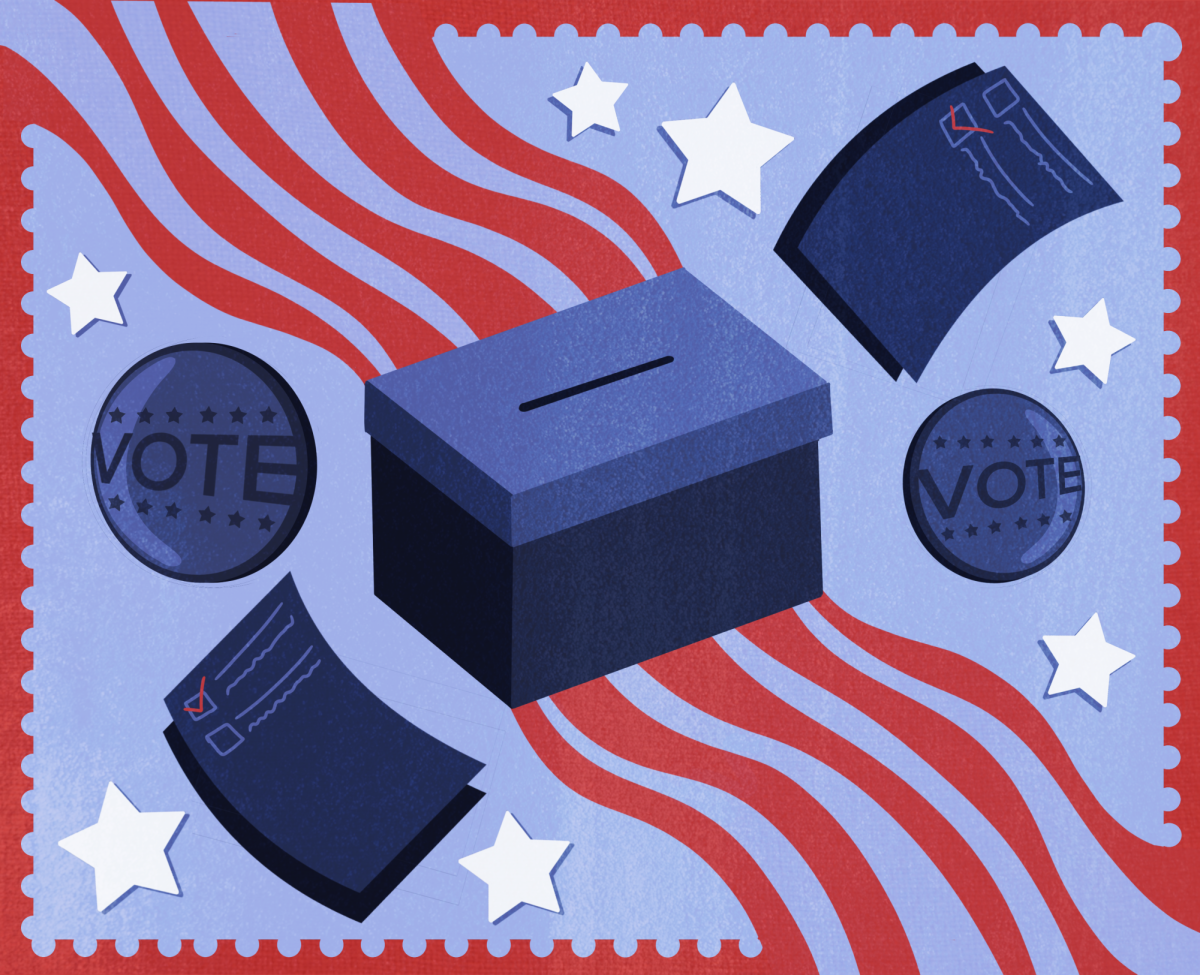Tuesday’s events were undeniably tragic. First and foremost, we would like to thank the Austin Police Department, the UT Police Department, UT administration and all other officials who effectively handled the situation. Through text alerts, e-mails and press conferences, they established order and delivered information.
Students should also be thankful for another resource that helped the UT community get through the crisis: Twitter.
Since its inception and explosive popularity, many have questioned Twitter’s value, considering it nothing more than an indulgent way for self-styled web divas to share what cereal they ate for breakfast or give their personal insights into national politics. Hopefully occasions such as this can convince skeptics of the legitimate utility of social media because during Tuesday’s events, thousands of students, parents and friends relied on Twitter to instantly disseminate information that, at the time, they considered life-saving.
Thousands of students learned about the event via Twitter, shared it on Facebook and then used social media to stay informed throughout the morning. The initial news and subsequent updates instructed those on campus about the safest course of action, and these instructions were immediately re-tweeted to thousands. With so much uncertainty Tuesday morning, clear instructions from University officials were vital, whether they came via e-mail, text message or Twitter.
In addition to enabling safety precautions, social media also allowed those on campus to update loved ones as to their whereabouts. In a crisis, a status update can immediately inform thousands of your safety and reassure you of others’ safety as well. New media also helped cultivate a sense of community that is rare on a university of this size. Throughout the day we received messages, tweets and texts making sure we were OK, often from people we had not spoken to in years. This helped produce a sense of solidarity and comfort whose value cannot be underestimated in a crisis.
However, social media can be equally harmful when used improperly. Panic and uncertainty can make one susceptible to rumors and misinformation, and the immediacy of social media can amplify those uncertainties, making them appear credible. In a crisis, users must be cautious not to unwittingly use social media as an outlet to fuel confusion.
Some also opted to use social media to politicize the shooting or make tasteless “jokes.” Within hours of the shooting, the chair of the Tarrant County Republican Party, Stephanie Klick, idiotically tweeted that it was “[t]oo bad for UT students that Conceal Carry on Campus did not pass during the last legislative session.” Obviously this event will reignite discussions about guns on campus, but making overtly political statements in the heat of a crisis is wildly inappropriate and tasteless.
Though some abused social media, it was generally an incredibly useful tool throughout all stages of the crisis. From the initial warning to the “all clear,” social media assisted in the dissemination of timely information and helped minimize mass chaos and confusion.
We commend the University’s swift and tactful response to the situation, and we look forward to seeing UT develop even more tools for social media, especially those that impact campus safety.









